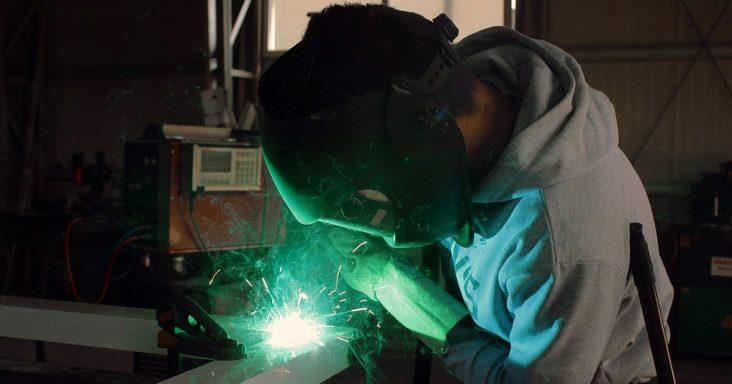Manufacturing activity expands for first time since 2022
by April 1, 2024 1:21 pm 300 views

Economic activity expanded in the manufacturing sector in March after contracting for 16 consecutive months, according to The Institute For Supply Management (ISM). The activity previously expanded in September 2022.
ISM released Monday (April 1) the March Manufacturing ISM Report on Business, which shows the purchasing managers’ index (PMI) rose by 2.5 percentage points to 50.3% from 47.8% in February. A PMI of more than 50% indicates that manufacturing economic activity is expanding.
According to the March report, new orders rose, order backlogs fell, production increased, employment decreased, supplier deliveries were faster, raw materials inventories fell, customers’ inventories were too low, prices rose, and exports and imports increased.
“The U.S. manufacturing sector moved into expansion for the first time since September 2022,” said Timothy Fiore, chair of the ISM Manufacturing Business Survey Committee. “Demand was positive, output strengthened and inputs remained accommodative.”
The following nine manufacturing industries reported growth in March: textile mills, nonmetallic mineral products, paper products, petroleum and coal products, primary metals, food, beverage, and tobacco products, fabricated metal products, chemical products and transportation equipment.
Most industry respondents were optimistic about business and the outlook. Those who reported market softness were expecting business to improve in the second quarter.
In the paper products industry, a respondent noted concerns about energy pricing. “The move to electrification has increased demand, and supply is not stable because we’re not in an ideal geography for wind and solar power.” A respondent in the food, beverage and tobacco products industry said, “commodity prices continue to hold steady.”
In the chemical products industry, a respondent said, “Performance continues to defy projections of a downturn in activity. Demand remains strong, and the pipeline for orders is robust.” A respondent in the transportation equipment industry expects orders and production to rise in the second quarter. “Suppliers are working with us to help drive costs down, which will help improve the margin for the rest of the year and deliver growth in 2025.”
A respondent in the computer and electronic products industry said, “Demand remains soft, but optimism is high that orders are ‘just on the horizon.’ Expectations are for a strong second quarter. Supply chain issues are minimal, with only semiconductors and select electronic parts being an issue.” In the machinery industry, a respondent was “noticing an increase in suppliers’ selectiveness regarding orders they quote and take. Additionally, there’s been a noticeable increase in manufacturing companies targeted for acquisition by larger entities (established companies, investment firms and the like.)”
In the fabricated metal products industry, a respondent said, “Business is still strong — we are meeting and exceeding our forecasts. So far, we’re not hearing anything negative with our customers as far as ongoing business is concerned. It’s the same for raw material suppliers, nothing negative.” A respondent in the wood products industry said, “Business activity is up. Many manufacturers are anticipating better business in the second quarter and much better in the third quarter. They are reporting that second-quarter bookings are just starting to ramp up.”
In the primary metals industry, a respondent noted continued “softness in the industrial sector. There is optimism that order activity will increase in the late second quarter, leading to improvement in this segment for the second half of the year. The aerospace and defense market is continuing to ramp up, and demand is outpacing supply in our supply chain.” A respondent in the petroleum and coal products industry said, “The potential aftermaths of the presidential election are beginning to impact conversations and negotiations of long-term agreements/contracts.”
